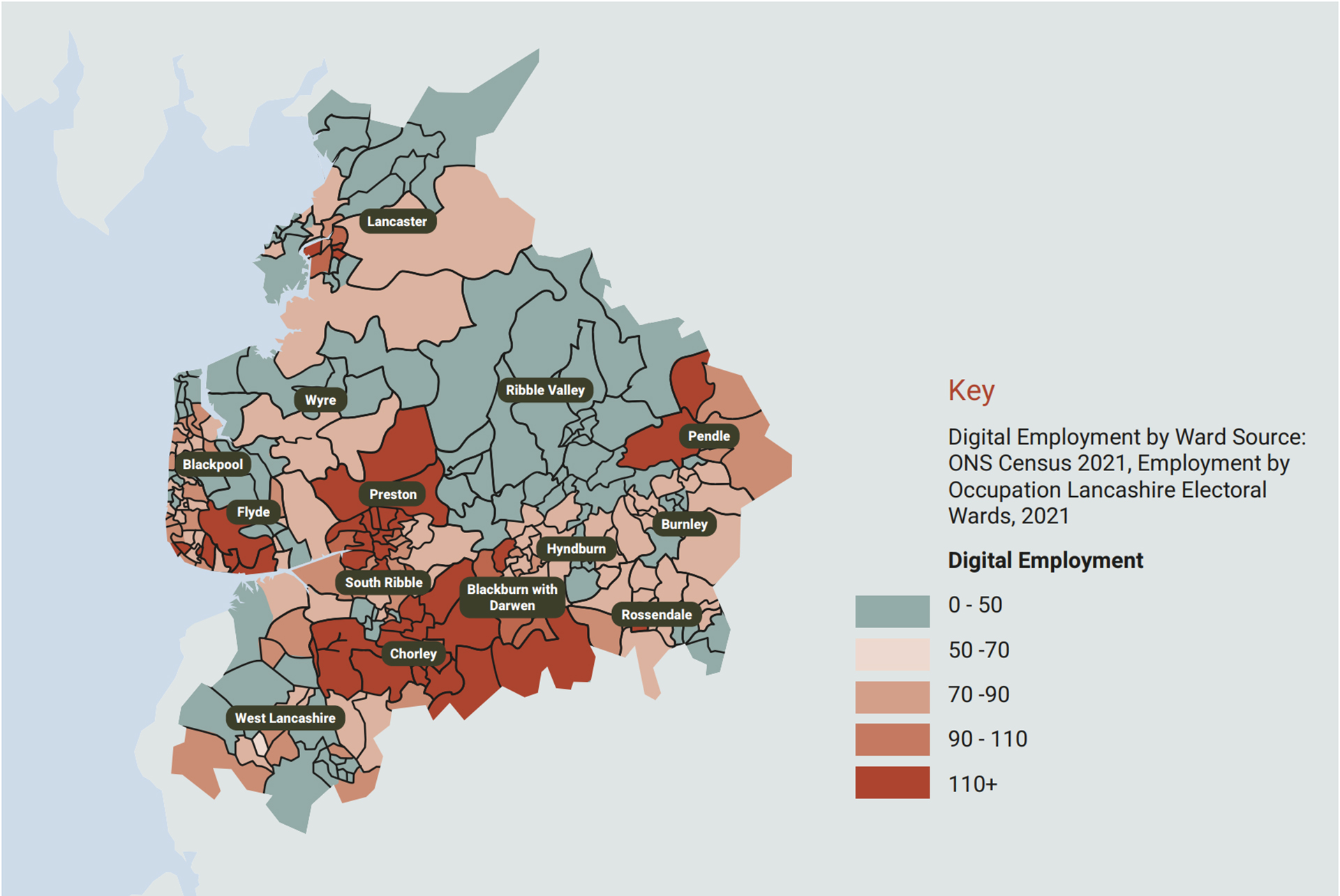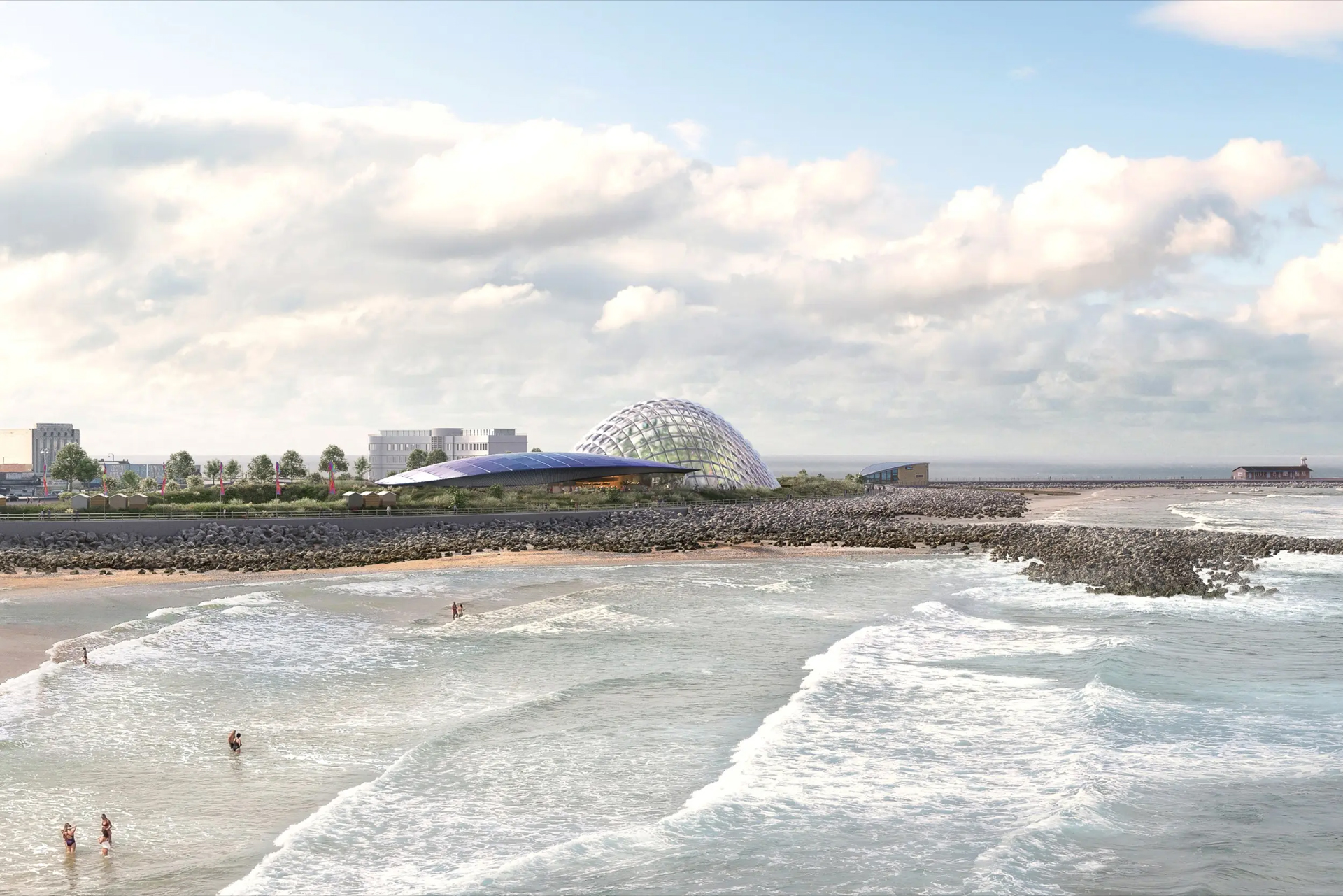
Powering Innovation to Drive Economic Growth
Lancashire is standing on the edge of one of the most ambitious transformations in decades. With a £20 billion investment pipeline stretching across transport, housing, energy, innovation, and regeneration, the Lancashire Combined County Authority’s (LCCA) Lancashire Growth Plan (2025–2035) isn’t just about growth – it’s about reshaping the county’s future.
As a project management consultancy rooted in Lancashire, we’ve taken time to look beyond the headline figure and understand what this plan really means for delivery.
A Vision for Growth
The Growth Plan’s central vision is unapologetically ambitious:
“a globally recognised, highly competitive and sustainable region celebrated for its exceptional quality of life, connectivity and opportunities.”
That ambition doesn’t emerge in isolation; it builds directly on long-term objectives of the Lancashire 2050 Strategy (2023) which underpins this Growth Plan’s design.

The plan sets out five strategic economic priorities to achieve the vision:
- Sector Development & Growth.
- Innovation Excellence.
- Skills for Growth.
- Business Growth & Enterprise.
- Releasing Local Growth Potential.
These strategic priorities read like a policy checklist, but their success depends on translating ambition into accountable delivery structures. They will be key drivers behind the whole vision, on where the region’s economy should be grown and will help the region achieve its potential.
With the business base and corporate knowledge that Lancashire has, there is no reason as to why we shouldn’t become a global leader in innovation excellence with globally competitive business clusters.
With the vision setting out a clear objective of upskilling more people to match the higher-value jobs, over the next decade we will start to see stronger business growth, which in turn should unlock new development and employment opportunities across Lancashire.
The plan also highlights its Framework of Nationally Significant Economic Assets – thematic priorities to focus on:
- UK Security (defence, aerospace & cyber).
- Clean Growth & Nuclear.
- Sustainable Digital & AI.
- Advanced Engineering & Manufacturing (AEM).
- Reimagined Coast (tourism & regeneration).
Together, alongside the thematic priorities, they represent Lancashire’s identity: rooted in its industrial heritage yet geared toward new frontiers like clean energy and AI. Lancashire’s AEM sector already represents 18% of the county’s GVA (more than twice the national average), but clearly growth can’t rely on a single sector. The investment in other sectors that have fallen by the wayside will surely help to modernise the county and bring it back up to where it belongs.
Why the Growth Plan Matters
Today, Lancashire contributes more than £40 billion to the UK economy, ranking sixth among English counties. Yet our productivity per head lags the national average by nearly 25% – £27,430 compared with £36,103 across England, based on the most recent 2023 ONS regional accounts data .
The Growth Plan is designed to close that gap (creating higher-value jobs (such as in Digital, Cyber, AI & Clean Energy), rather than putting people into “any job”). If delivered, it could transform Lancashire from a solid mid-table performer into a national leader in clean energy, advanced manufacturing, and digital innovation – raising success for communities right across the county.
This isn’t just about economic growth though; it’s about improving the quality of life for the residents of Lancashire. Part of the vision is for the region to be celebrated for its exceptional quality of life, connectivity and opportunities.

The Bottom Line
This plan involves everyone, moving the county forward in its standing, quality and delivery. So, what does this mean for delivery? To achieve the transformation set out in the Growth Plan, we need more than the infrastructure of Lancashire, but also the capability, culture, and confidence that make delivery our true competitive advantage.
For delivery to be realised, the Growth Plan must ensure:
- Clear objectives – measurable success criteria that link directly to the vision of prosperity, connectivity, and opportunity.
- Governance and accountability – transparent decision-making, effective risk management, and alignment to strategic priorities.
- Collaboration – shared knowledge, aligned resources, and strengthened local supply chains to deliver consistent value.
- Adaptability and resilience – a continuous improvement mindset that allows Lancashire to evolve with challenges and maintain confidence in outcomes.
The vision provides the “why”; delivery provides the “how.” Our collective ability to connect the two will define whether Lancashire’s ambition becomes lasting impact.
Lancashire’s story is being rewritten. The question now is whether its ambition will outpace its caution. In our next article, we’ll look deeper into whether it really is Lancashire’s time…
Useful Resources:
- Lancashire Growth Plan 2025 – 2030
- The Lancashire 2050 Strategic Framework
- Table 2 of the Regional gross value added (balanced) per head and income components, from the Office for National Statistics (ONS)

Ready to take control of your projects?
Let’s have a chat. We’ll start with a no-pressure conversation to see where you might need help so we can get your team where they need to be.
Contact us today for a FREE consultation:
office@northstarprojects.co.uk
+44 1524 233 755



















